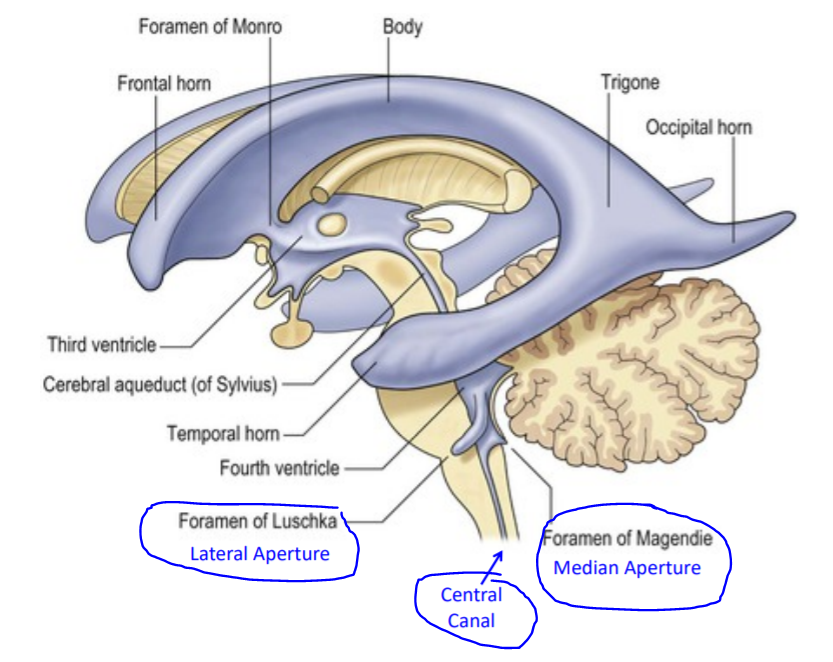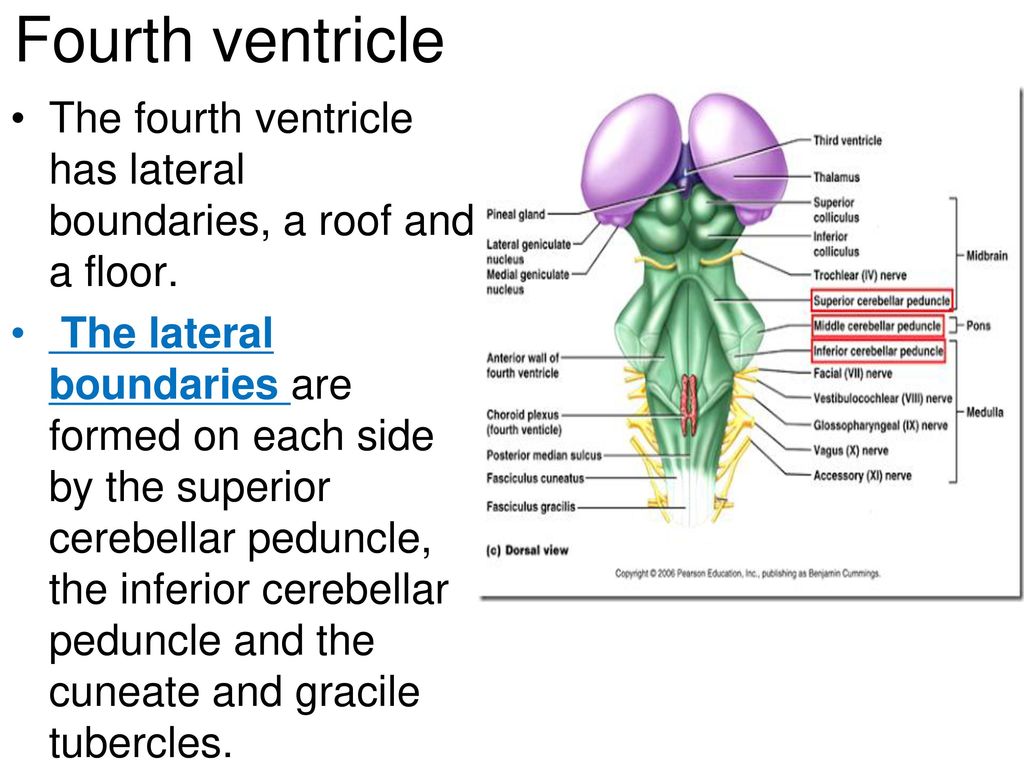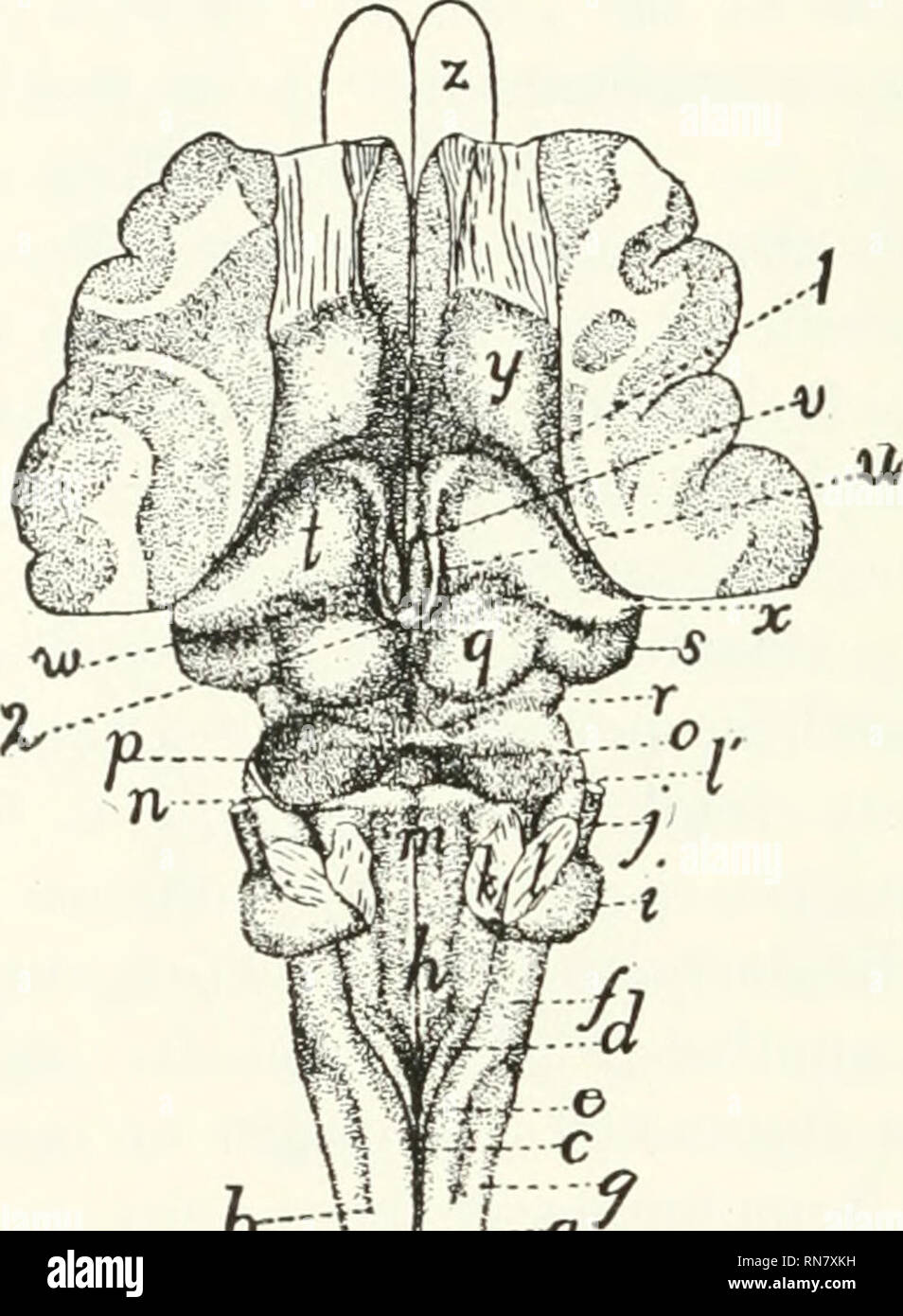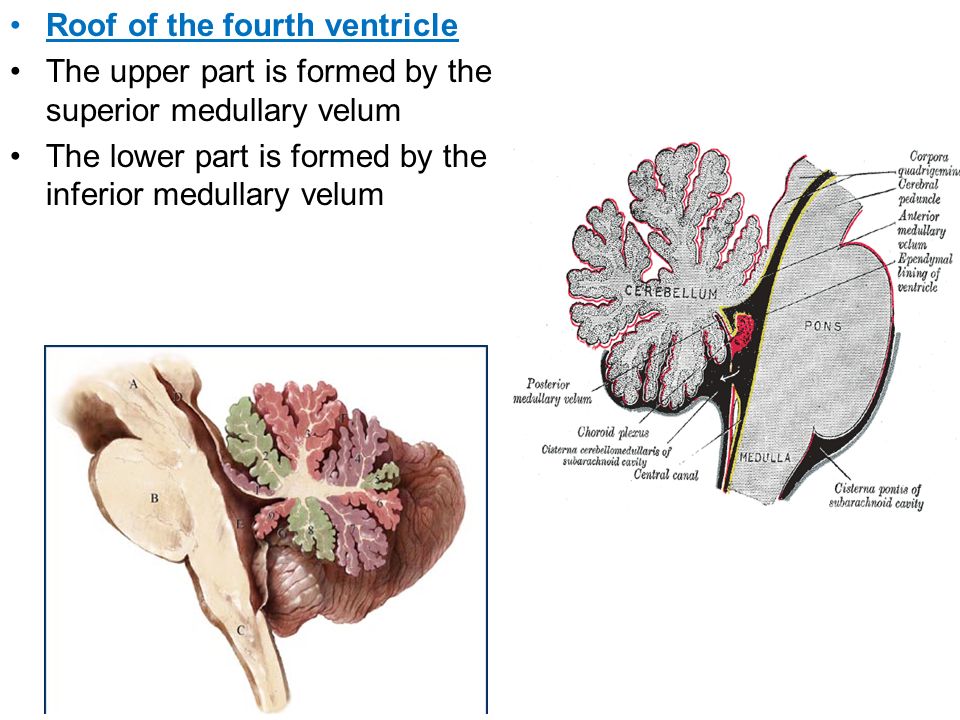In contrast to the superior roof the inferior roof of the fourth ventricle is formed mainly by two thin membranes the tela choroidea and the inferior medullary velum.
Fourth ventricle roof formation.
Inferior roof of the fourth ventricle.
Just behind its outer surface is the lingula the.
From the third ventricle it flows downward along the aqueduct of sylvius into the fourth ventricle where still another minute amount of fluid is added.
It corresponds to the ventral surface of the cerebellum.
Finally the fluid passes out of the fourth ventricle through three small openings two lateral foramina of luschka and a midline foramen of magendie entering the cisterna magna a fluid.
The roof of fourth ventricle is the dorsal surface of the fourth ventricle.
The caudal tip of the fourth ventricle where it becomes the central canal is known as the obex.
The apex of the tent goes posteriorly into the white core of the cerebellum.
The inferior medullary velum is all that remains of the connection between the nodule and flocculus.
The roof of the 4th ventricle is tent shaped and has upper and lower sloping surfaces.
Hypothalamic or thalamic stimulation that depresses reticular formation activity in the brain stem results in.
It has a diamond shape and is located in the upper portion of the medulla.
The fourth ventricle has an anterior ventral floor with a characteristic diamond shape named the rhomboid fossa and a posterior dorsal tent shaped roof.
The fourth ventricle has a roof at its upper posterior surface and a floor at its lower anterior surface and side walls formed by the cerebellar peduncles nerve bundles joining the structure on the posterior side of the ventricle to the structures on the anterior side.
The obex is also a.
Both the squamous roof plate and columnar neuroepithelium can be visualized in live embryos of the cdh2 cdh2 tft reporter line and we followed the progress of ventricle expansion and roof plate formation from 18 hpf in a dorsal view using time lapse confocal microscopy figure 1 video 1.
The roof of the fourth ventricle is tent shaped rising to an apex called the fastigium that divides the superior roof from the inferior roof.
The upper part of the roof is composed by a thin sheet of white matter the superior medullary velum that stretches between both superior cerebellar peduncles.
The fourth ventricle contains cerebrospinal fluid.
The upper portion of the roof is formed by the cerebellum.
Along with the ventricular cavity the roof plate.
The median part of the superior roof called the superior medullary velum consists of a thin lamina of white matter between the cerebellar peduncles.
Specifically it spans from the obex an area in the medulla.
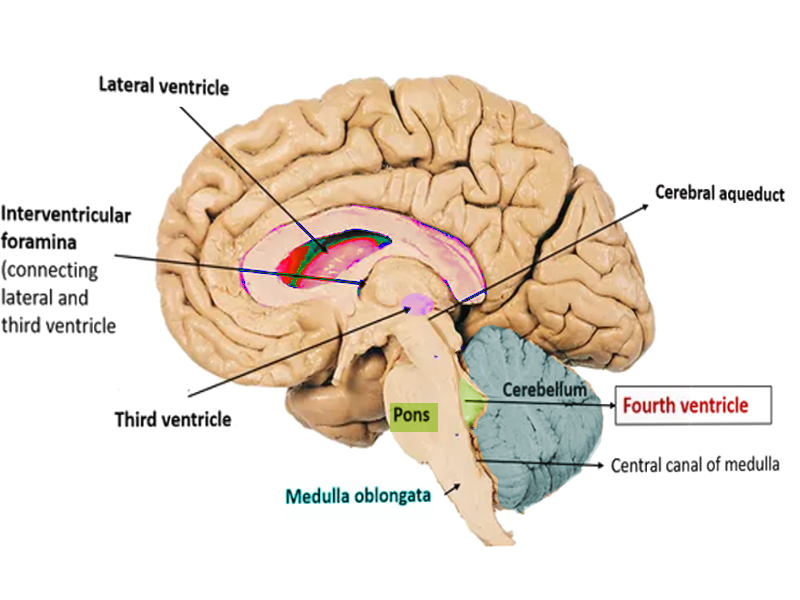






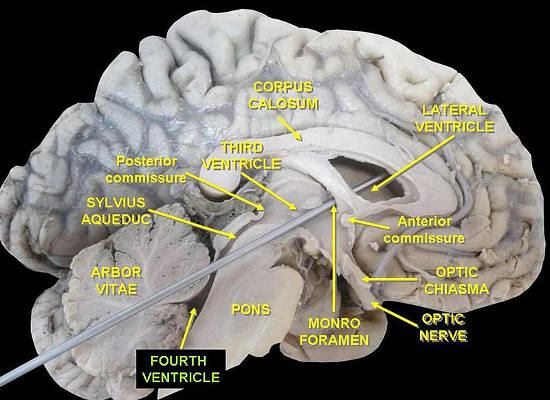

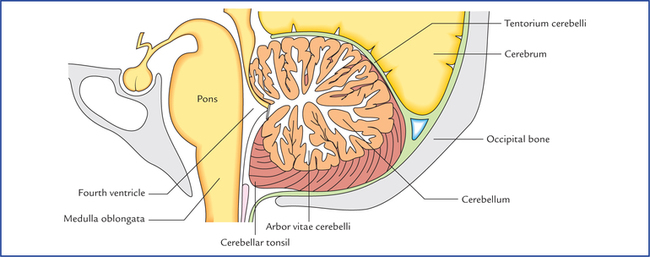
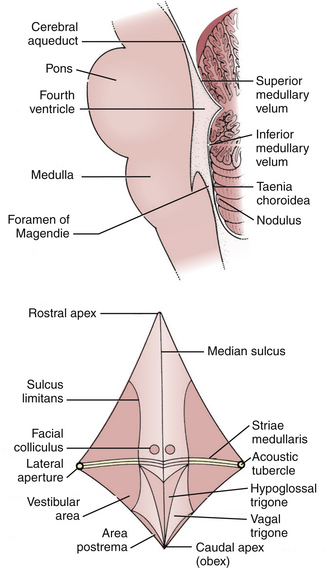


:background_color(FFFFFF):format(jpeg)/images/library/13983/IxIebEKGr4ReRbXGlvvmhg_Ventriculus_quartus_01.png)
